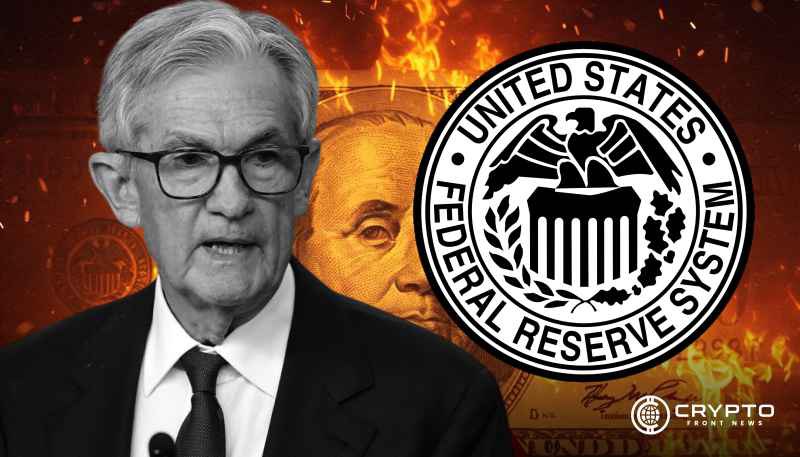- The Fed ended QT, halting a $2.3 trillion balance sheet reduction and signaling a change toward stabilizing liquidity.
- Powell confirmed internal division within the FOMC, with no clear commitment to another rate cut in December.
- Limited economic data has left the Fed cautious, balancing cooling inflation with rising risks to employment and spending.
The Federal Reserve has confirmed a major policy pivot, cutting interest rates by 25 basis points and announcing the end of quantitative tightening (QT) on December 1. The dual move marks a significant shift in U.S. monetary conditions after nearly three years of balance sheet contraction and rate hikes that drained trillions from the financial system.
Chair Jerome Powell described the rate cut as a “risk management” step rather than the start of a full easing cycle, emphasizing that the overall economic outlook remains largely unchanged since the September meeting. Employment continues to hold firm, inflation is easing but still above target, and consumer spending shows early signs of slowing.
Powell Stresses Uncertainty Over December Rate Decision
Powell confirmed there was no firm decision about December’s meeting, noting “strongly differing views” within the Federal Open Market Committee (FOMC). The 10–2 vote revealed growing internal division, with Governor Stephen Miran preferring a larger 50-basis-point cut and Kansas City Fed President Jeffrey Schmid opposing any reduction.
Traders, according to CME Group’s FedWatch, reduced expectations for another cut in December from 90% to 67% following Powell’s comments. He clarified that while inflation is cooling, monetary policy remains “modestly restrictive,” suggesting the central bank intends to proceed cautiously amid mixed signals across the economy.
QT Wind-Down Reverses Liquidity Drain Since 2022
The Fed’s decision to end QT halts the reduction of its $6.6 trillion balance sheet, a process that began in 2022 and removed roughly $2.3 trillion in Treasurys and mortgage-backed securities. Instead of allowing securities to roll off, the Fed will now reinvest maturing proceeds into shorter-term Treasury bills.
This change effectively stops the liquidity drain that had tightened credit conditions and pressured risk assets, including equities and cryptocurrencies. Analysts from Evercore ISI noted that if financial conditions improve, the Fed may even resume asset purchases in 2026 for “organic growth purposes.”
Economic Data Gaps and Policy Balancing
The central bank’s latest move comes as it operates with limited economic data due to suspended government reporting. Aside from last week’s consumer price index, which showed annual inflation at 3%, major indicators such as nonfarm payrolls and retail sales remain unavailable.
The FOMC acknowledged this uncertainty, revising its statement to describe economic activity as “moderate” and recognizing increased downside risks to employment. Powell said the Fed is monitoring AI-related layoffs, data center investments, and slowing consumer spending, especially among lower-income households. The overall message was measured but clear, the tightening phase that began in 2022 is over, and U.S. liquidity conditions are shifting toward stabilization.





